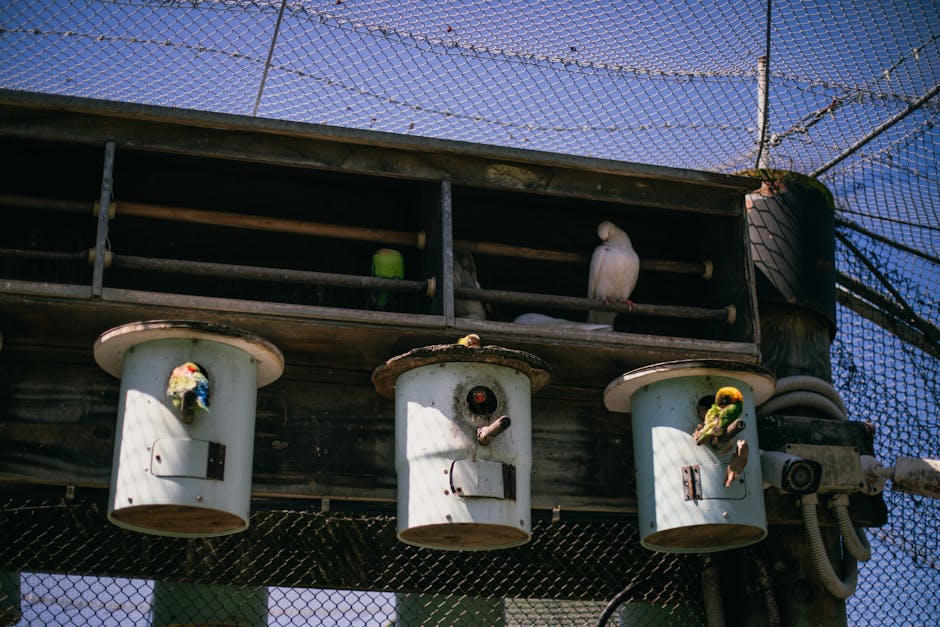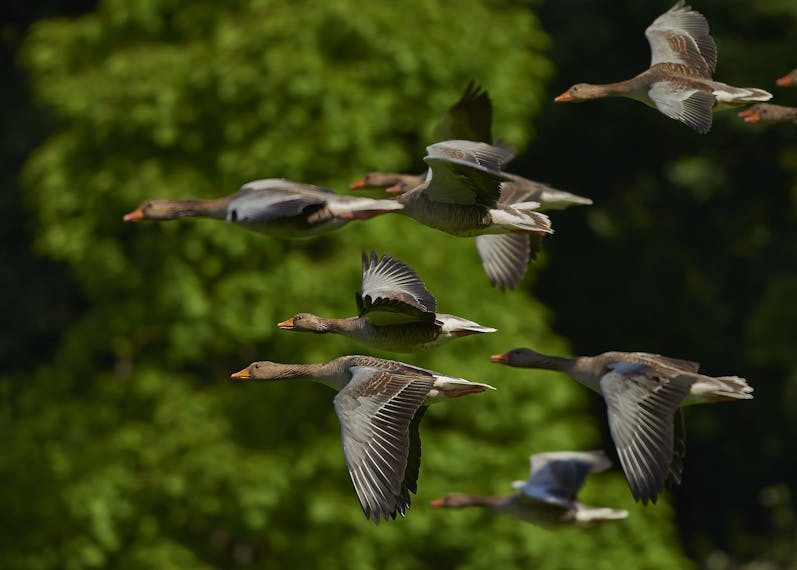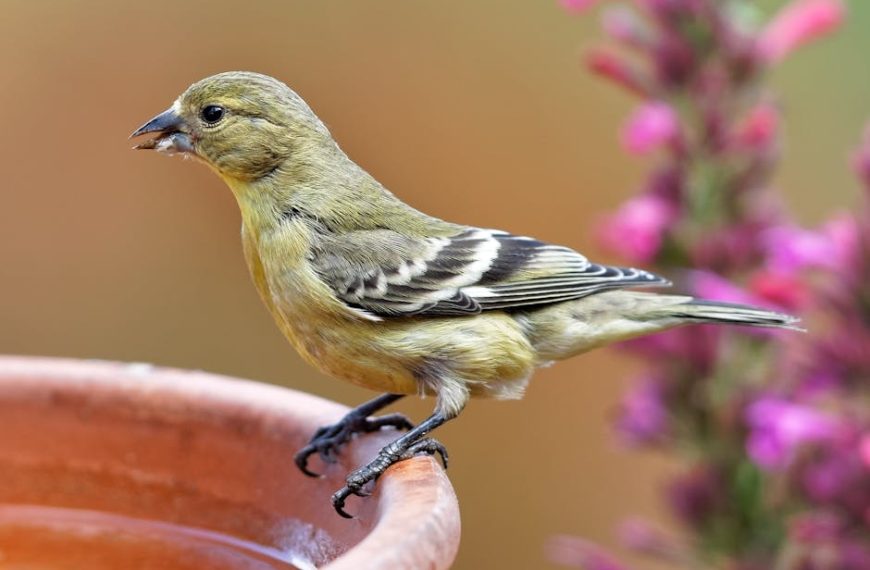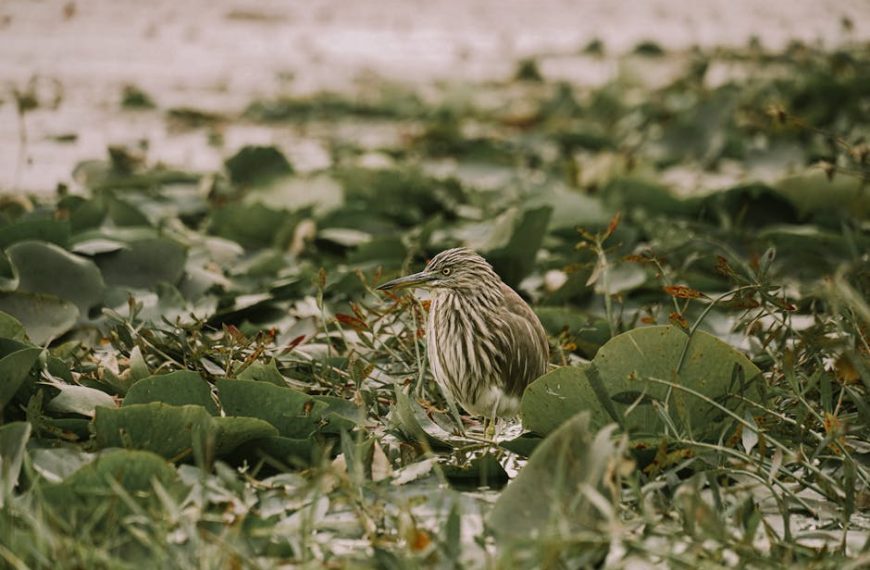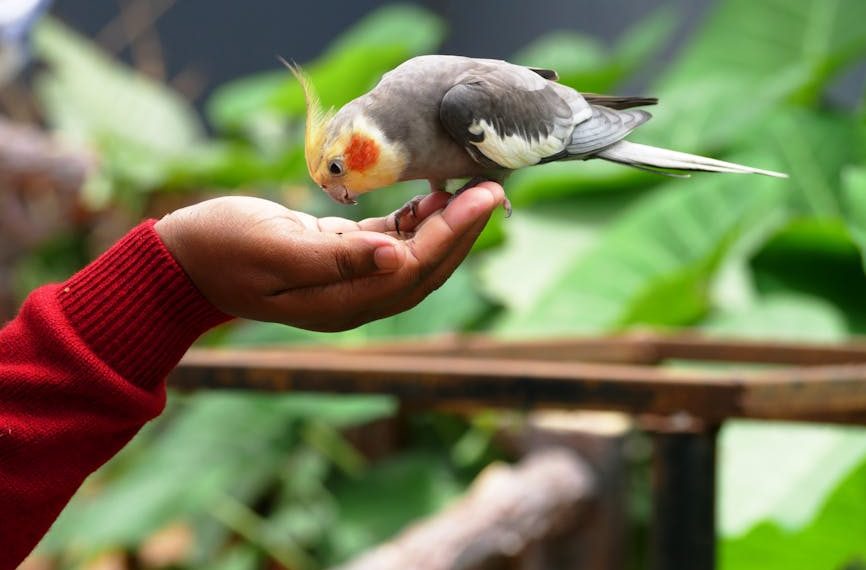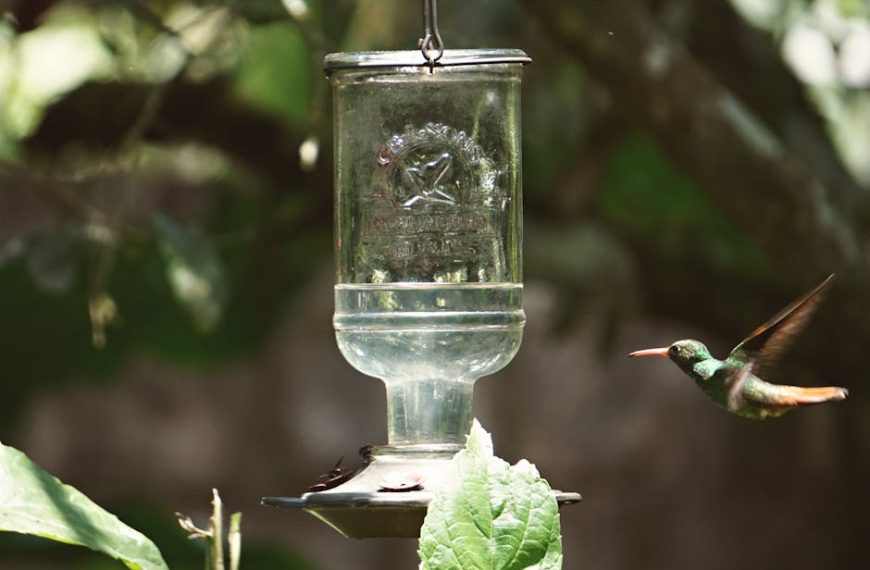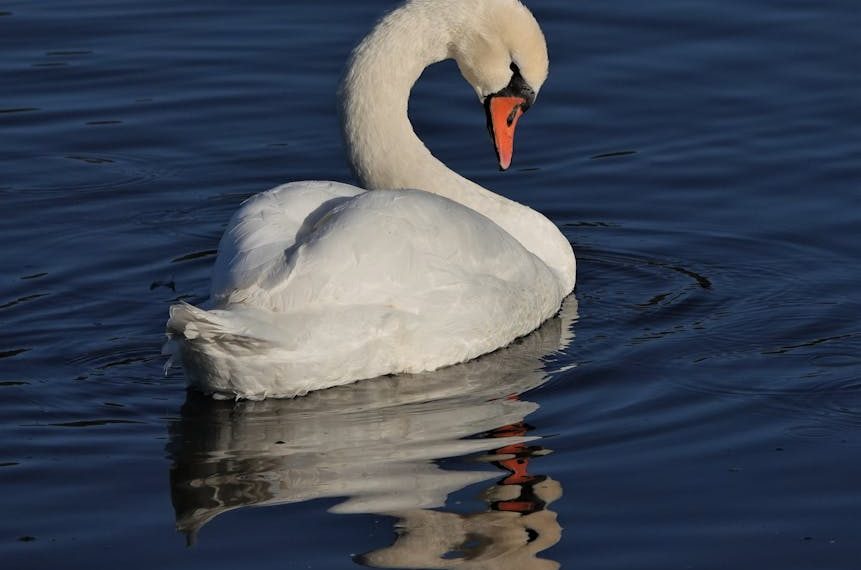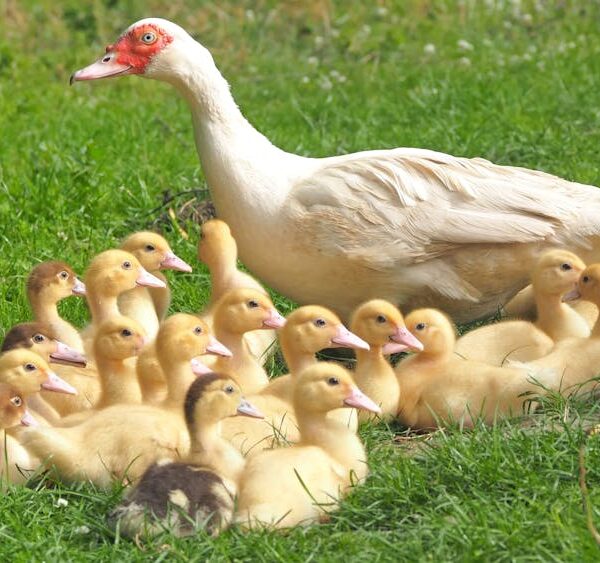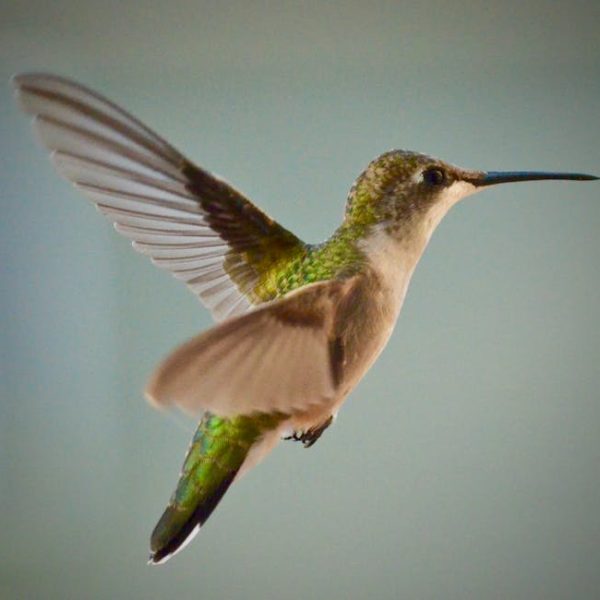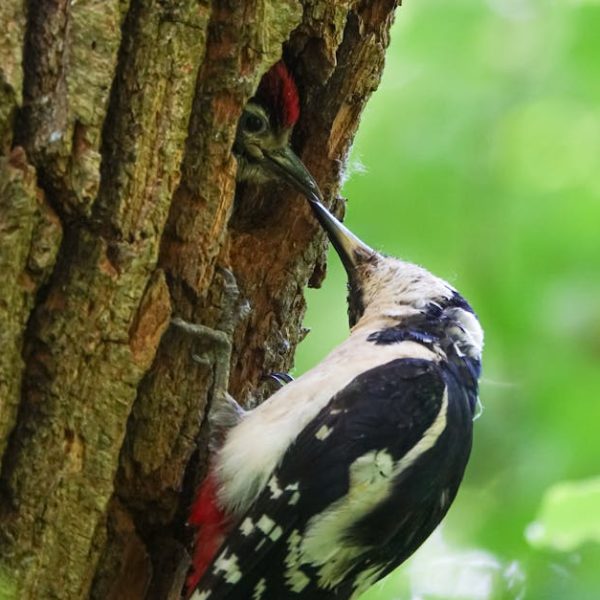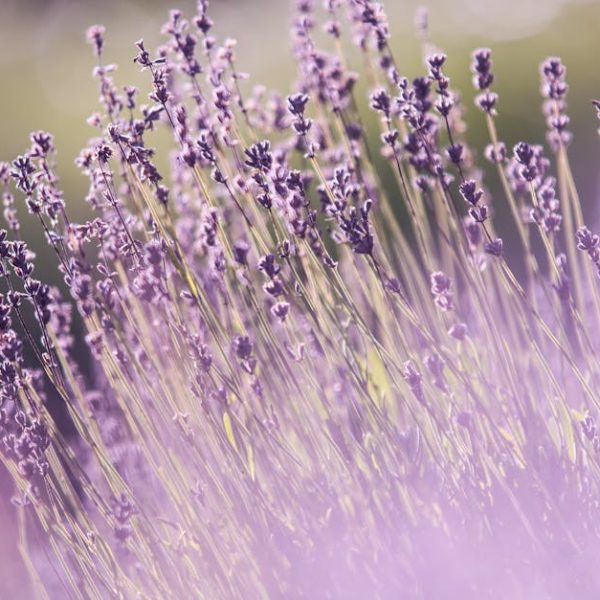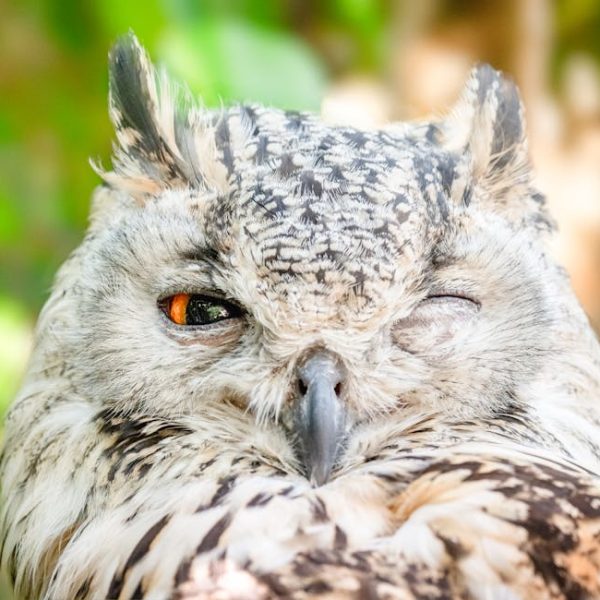Birds of a feather may flock together, but when it comes to keeping birds as pets, it takes a bit more than that. Selecting compatible companions is crucial for a peaceful and enriching environment. Among popular pet birds, cockatiels have earned admiration for their lively personality and impressive mimicry. However, just like us, they too can benefit from some good company. So, what bird species get along well with cockatiels? Let’s delve into this, shall we?
Budgerigars: Social and Playful Buddies
Budgerigars, fondly known as Budgies, often appear at the top of the list when it comes to compatible mates for cockatiels. Native to Australia, just like cockatiels, these birds share a similar social and playful disposition, which means they’re likely to enjoy the other’s company.
The Budgie’s vibrant colors and lively demeanor make them a popular choice among bird enthusiasts. They are typically smaller than cockatiels, making them less likely to pose as a threat. Both species have similar dietary requirements, consisting mainly of seeds, grains, fruits, and vegetables.
However, one must remember that even though Budgies and cockatiels live harmoniously, they should have enough space for their personal comfort. Each bird should have its perch, and food and water dishes to avoid any potential territory disputes.
Canaries: Quiet and Non-Threatening Companions
Known for their stunning singing and vibrant colors, Canaries are small, peaceful birds that can peacefully cohabit with cockatiels. Unlike cockatiels who are highly social, Canaries are more independent and content being alone. Although they might not interact with the cockatiel extensively, their quiet and non-aggressive demeanor makes them a non-threatening presence.
Canaries and Cockatiels share a similar size, which helps maintain balance and avoid intimidation. One key differentiation is their diet; Canaries primarily thrive on a seed-based diet, while cockatiels require a variety of vegetables and fruits alongside seeds. These differences, while they need acknowledgment, can typically be managed with separate feeding areas and individualized attention to dietary requirements.
Finches: Small Birds that Maintain Distance
Another bird that shares the same geographical roots with cockatiels is the Finch. While Finches are generally quite sociable within their species, they can be somewhat shy and reserved around others. They prefer observing from a distance rather than directly engaging with cockatiels.
With Finches, you’ll have plenty of species to choose from. Zebra Finches, for instance, are known for their peaceful demeanor, rather than their relative, the more active Gouldian Finch. So, housing a Zebra Finch with a Cockatiel could be better for maintaining that harmonious atmosphere you’re aiming for.
Remember, it’s crucial to maintain a close eye on mixed environments involving skittish birds like Finches. Be ready to provide a separate housing solution if you notice signs of distress or ongoing conflicts.
Lovebirds: Lively and Social Birds
Heritage to Africa, Lovebirds are another companionable option for Cockatiels. These bright, fun-loving birds are highly social and lively. However, don’t let the cute namesake fool you; Lovebirds can be quite territorial and confrontational if not housed appropriately.
The key to peaceful cohabitation among Lovebirds and Cockatiels is ensuring the Lovebirds are a bonded pair before introducing them to the Cockatiel. Lovebirds have an instinctive tendency to form solid bonds with their partner, and once bonded, they are less likely to act territorially around other birds, including Cockatiels.
🔺 Pro Tip : Monitor their interaction carefully at first. If the Lovebirds start acting aggressively, separated housing is advised until each group is comfortable with the other’s presence.
Doves: Gentle and Calm Birds
Doves carry a universal symbolism for peace, and their gentle and calm demeanor lives up to it. Their peaceful characteristics often make them perfect companions for Cockatiels. Unlike some other birds that might become confrontational, Doves are usually passive and therefore less likely to pose a threat.
With their cooing sounds and slow-paced lifestyle, Doves can provide a calming influence in a mixed species environment. However, remember each bird’s personal space and create separate areas for feeding and nesting to minimize potential conflicts.
Best Practices include:
- Monitor initial interactions among the birds closely.
- Provide ample space for each bird.
- create separate feeding and nesting spots.
- Maintain a calm and quiet environment.
To sum up, it is indeed possible for different bird species to live harmoniously together with Cockatiels. The key to a successful mixed-species environment lies in understanding each bird’s individual traits and needs and careful monitoring. Happy bird-watching!
Let’s now take a quick glance at the comparison of these bird species with Cockatiels:
| Type | Size Compared to Cockatiels | Dietary Preference | Personality |
|---|---|---|---|
| Budgerigar | Smaller | Seeds, grains, fruits, and vegetables | Social, playful, non-threatening |
| Canary | Similar | Seed-based | Quiet, Independent, non-aggressive |
| Finch | Smaller | Seeds, fruits | Shy, reserved |
| Lovebird | Similar | Seeds, vegetables | Social, lively, can be territorial if not bonded |
| Dove | Similar/larger | Seeds, greens, grains | Gentle, calm |
Key Takeaway:
- Budgerigars are a top choice for companions to Cockatiels due to their similar social, playful nature, and dietary requirements. However, each bird needs enough space and its food and water dishes to avoid disputes.
- Canaries, although more independent, can peacefully cohabit with Cockatiels due to their quiet and non-threatening nature. Attention should be given to their different dietary requirements.
- Finches, particularly Zebra Finches, maintain a respectable distance from Cockatiels, aiding a harmonious cohabitation. Alerts should be made for any signs of distress.
- Lovebirds are suitable companions for Cockatiels if they are a bonded pair, which makes them less likely to act territorially.
- Doves due to their gentle, calm demeanor serve as ideal companions for Cockatiels. Their peaceful attributes contribute to a relaxed mixed-species environment.
Each animal has its beauty and contributes to the natural balance in unique ways. Compatibility, respect for personal space, and a calm environment are the crux of a healthy mixed-species aviary. Ensure these are met, and you’ll create a peaceful home for your beloved pet birds, fostering their overall well-being.
FAQs
Q: Can Cockatiels live with Parrots?
A: It’s necessary to consider the temperament, size, and nature of the parrot species before housing them with Cockatiels. Some larger, more boisterous parrot species might not be suitable, while smaller, calmer species may be able to cohabit peacefully.
Q: What are the signs I should separate my Cockatiel from its companion?
A: If you notice any behavior that suggests distress, fear, or aggression, you should consider separating them. These signs could include excessive squawking, aggressive pecking, and plucking of feathers.
Q: How should I introduce a new bird to my Cockatiel?
A: It’s best to introduce a new bird gradually. Keeping their cages close, yet separate, allows them to familiarize themselves with each other’s presence. If they seem comfortable, you can allow supervised interactions outside the cage before keeping them together.
Q: Can my Cockatiel share a cage with multiple bird species?
A: It’s possible, but consider the birds’ size, temperament, and personal space. Providing enough room, separate feeding and nesting spots minimize potential conflicts. Observation and care are needed when introducing new species into the environment.
Q: How can I ensure my Cockatiel is comfortable with its companion?
A: Monitoring their behavior closely, providing adequate space, and tending to their unique dietary needs are crucial steps. Modify the environment if you notice any signs of distress or aggression.
Feel free to share this article and browse through more posts on our website for other interesting insights.
